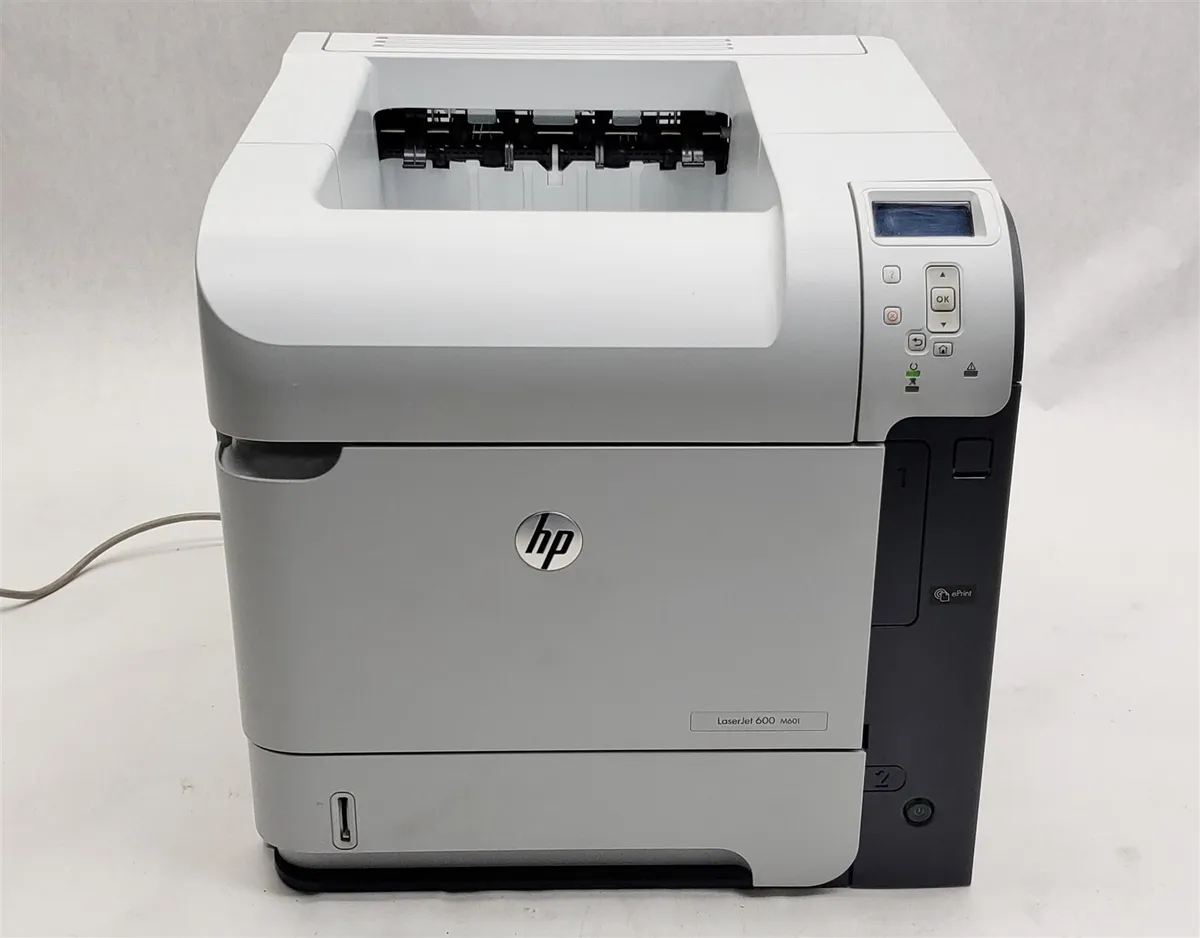Mastering the Art of Laser Printing on Wood: A Comprehensive Guide

Laser printing on wood has become increasingly popular in various industries, from crafting personalized gifts to creating intricate designs on furniture. This advanced technique allows for precise and detailed prints on wood surfaces, opening up a world of creative possibilities. In this comprehensive guide, we will delve into the intricacies of laser printing on wood, exploring the equipment, techniques, and best practices to achieve stunning results.
- Understanding the Laser Printing Process:
To begin, let's explore the fundamentals of laser printing on wood. Laser printing involves using a high-powered laser beam to engrave or etch designs onto wood surfaces. The laser beam vaporizes or burns the wood, creating precise and permanent marks. This process requires specialized equipment, including a laser engraving machine, design software, and appropriate safety measures. - Choosing the Right Wood for Laser Printing:
Not all types of wood are suitable for laser printing. Factors such as density, resin content, and grain direction play a crucial role in achieving optimal results. Hardwoods like maple, birch, and cherry are popular choices due to their fine grain and durability. It is essential to select wood with minimal knots, as they can affect the precision of the laser engraving. - Preparing the Wood Surface:
Before laser printing, proper preparation of the wood surface is essential. Start by sanding the wood to create a smooth and even surface. This step ensures that the laser engraving is consistent and free from imperfections. Additionally, applying a thin layer of masking tape or a specialized wood coating can help protect the wood from smoke residue and enhance the contrast of the final print. - Designing for Laser Printing:
Creating captivating designs is a crucial aspect of laser printing on wood. Utilize design software to develop intricate patterns, logos, or personalized messages. Remember to consider the size and resolution of the wood surface, as well as the capabilities of your laser engraving machine. Experiment with different fonts, shapes, and textures to achieve unique and visually appealing prints. - Optimizing Laser Settings:
Achieving the desired results requires fine-tuning the laser settings. Factors such as laser power, speed, and frequency need to be adjusted based on the type of wood and the desired engraving depth. Conducting test prints on scrap wood can help determine the optimal settings for your specific project. It is crucial to strike a balance between achieving the desired engraving depth and avoiding excessive burning or scorching of the wood. - Safety Considerations:
Laser printing on wood involves working with high-powered lasers, making safety a top priority. Ensure proper ventilation in your workspace to minimize smoke and fume exposure. Wear appropriate protective gear, including safety glasses and gloves, to protect yourself from potential hazards. Familiarize yourself with the safety guidelines provided by the laser engraving machine manufacturer.
Conclusion:
Mastering the art of laser printing on wood opens up endless possibilities for creativity and personalization. By understanding the laser printing process, choosing the right wood, preparing the surface, designing effectively, optimizing laser settings, and prioritizing safety, you can achieve remarkable results. Whether you are a professional woodworker or a hobbyist, laser printing on wood allows you to transform ordinary pieces into extraordinary works of art.



